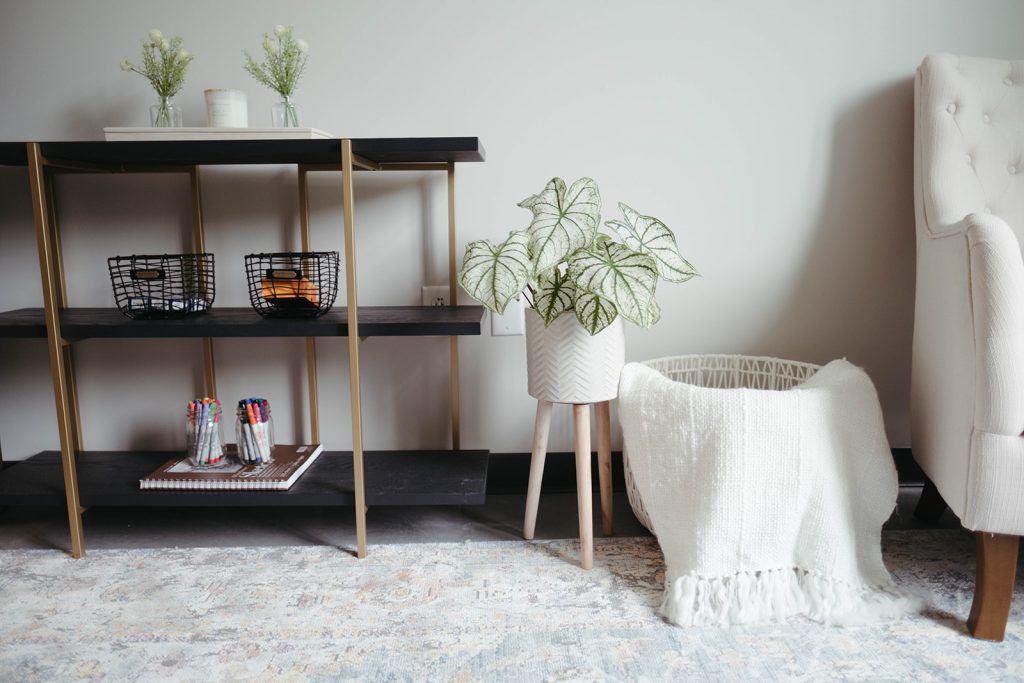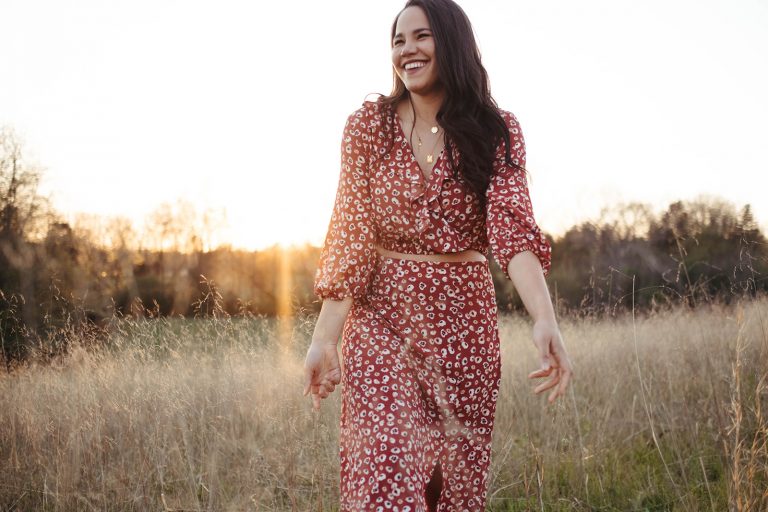I’ve been thinking about the words distance and space as it relates to our relationships. Depending on your attachment style (anxious, avoidant, disorganized, or secure), you will probably relate to these words very differently.
A few years ago I read the book Attached by Amir Levine, and never forgot the simple but profound illustration he shares to communicate the natural and necessary rhythms we all need in our relationships. He describes an interaction between a mother and her child at the playground that goes something like this:
The child is running around with her friends, swinging from the monkey bars, flying down the slide, chasing friends, and then after a while runs over to her mother to share a flower, and tell a quick tale from the happenings at the playground. And then before you know it, her daughter exclaims, “oh my gosh, I gotta go mom!”, as she runs back to the playground for more adventure.
I was struck by how perfectly this scene illustrates the balance of closeness and distance that is necessary for all healthy and secure relationships. If we slow down around these interactions, we see a few vital elements:
- Closeness and Distance
- Security and Joy
- Intimacy and Autonomy
The daughter feels free to step away from her mother and play with her friends because she feels confident about returning to an attentive, secure, supportive, and warm parent. And the way the mother relates to her child instills a sense of security that her daughter will ultimately carry into her future adult relationships.

If we circle back to the words ‘distance’ and ‘space’, we can see how the mother and daughter experience these as positive benefits of the relationship rather than a threat to it. But for those who grew up with parents or caregivers who did not offer this consistent, secure, supportive, and warm attachment, will experience distance and space very differently.
The anxious attacher is triggered by physical and/or emotional distance. It activates their attachment system and triggers their fear of abandonment. When they sense a partner or friend emotionally distance themselves, they have a difficult time tolerating it because of the strong fears that come with it.
The avoidant attacher is most comfortable with physical and/or emotional distance. One of their main “protest strategies” is to emotionally distance themselves to self-protect and regain a sense of control and independence in the relationship.
The disorganized attacher (aka anxious-avoidant) has a complicated relationship with physical and/or emotional distance. Internally, they feel the fear of disconnection that distance can stir up, while also wanting to withdraw because of the fear of being emotionally engulfed in some way.
The secure attacher has a grounded relationship to physical and/or emotional distance. In other words, they are not immune to the fear that distance can produce, but they are mentally and physically equipped to relate to these fears in a grounded and secure way. They do not exert control to remove the space (anxious) or indulge the space (avoidant). Rather, they respect the space that currently exists in the relationship, even if they don’t agree with it or prefer it.
Here is the path for growth for each attachment style:
- Anxious Attacher: The challenge for this individual is to learn how to give others the space they ask for even when the request is communicated through others’ behavior rather than with their words. The learning curve for the anxious attacher is to see others’ actions as a form of communication. In an ideal world people’s words and actions would match, but that is not always the case. For the anxious attacher, it’s important to learn how to self-soothe and manage the fears that surface when distance exists in their relationships. As they do this, they are free to give others the space they need, rather than bridging the gap to resolve their fears.
- Avoidant Attacher: This individual feels most comfortable with space because they believe it buffers them from fears of intimacy or being taken advantage of in some way. Their path of growth includes connecting with themselves, and more specifically, with their feelings and needs. As they acknowledge what they think, feel, and need they can learn to vocalize these to their friends and partners rather than distancing themselves to self-protect.
- Disorganized Attacher: The way for this individual to uncomplicate their typically complicated relationship to distance is to normalize their emotional experience. Disorganized attachers experience a lot of dissonance and confusion internally because they often feel the tug to move in two separate directions at the same time. If they can acknowledge and normalize their fears of disconnection as well as their fears of intimacy they can feel more grounded as they decipher the best course of action.
The good news is that no matter how we struggle with distance and space we can grow and heal to experience more security within ourselves and in our relationships.
Editor’s Note: The following blog is by Holding Space Counseling therapist, Barb Hill. She is currently not accepting new clients. You can learn more about Barb right here.



2 Responses
What a phenomenal blog!
We all need this information to help us have healthier more secure relationships!
Thank you so much for your gifted insight and communication ❤️
Such an insightful and encouraging blog. Thank you so much! For the month of October, I am sharing guest blogs on our blog page and would love to share this post so others may benefit as well.